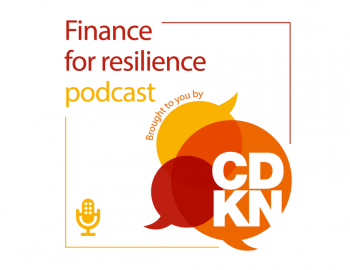POLICY BRIEF: Climate Finance: Challenges and Responses
POLICY BRIEF: Climate Finance: Challenges and Responses
Embarking on a climate compatible development pathway now has a price tag. The cost of tackling climate change in developing countries could reach some hundreds of billions of dollars annually over the coming decades. Low-emission and climate-resilient development options often require upfront investments that can be costlier than conventional solutions.
It will require tremendous efforts and ingenuity to mobilise resources at scale, coordinate their delivery through a combination of policy and finance instruments, and maximise their leverage on much larger amounts of public and private investments. At the same time, it is important that climate finance should be mobilised and delivered so as to complement – and not erode – development policy and finance, in order to sustain and further development gains in a changing climate.
The United Nations Framework Convention on Climate Change (UNFCCC) conferences in Copenhagen and Cancún in 2009 and 2010 resulted in an agreement to mobilise US$100 billion annually by 2020, but it is not entirely clear how this figure will be constituted. Does it mean dedicated funds mobilised by donors and in the carbon market, or public and private funds actually used for mitigation and adaptation action, or something else? There is a vibrant discussion on these issues in the international community and progress towards clarification is being made. Donors and Multilateral Development Banks are making efforts to improve tracking and reporting, and an increasing body of evidence of best practices is emerging.
Currently, a comprehensive global climate finance approach is missing. The Green Climate Fund (GCF) has been established, but will take some time to be operationalised. Developing countries face considerable challenges in planning climate change agendas and coordinating the proliferation of financing instruments and widening variety of national agencies with a climate finance mandate.
Developing countries require support in their efforts towards climate compatible development through the use of climate finance, both public and private, that enables equitable access, national owner- ship, and effective management and monitoring. In line with CDKN’s strategy for climate finance, this can be done by engaging in three priority areas.
This policy brief provides CDKN’s assessment of the gaps in global knowledge and the immediate challenges for the international community in all three of these strategic priorities for climate finance.


